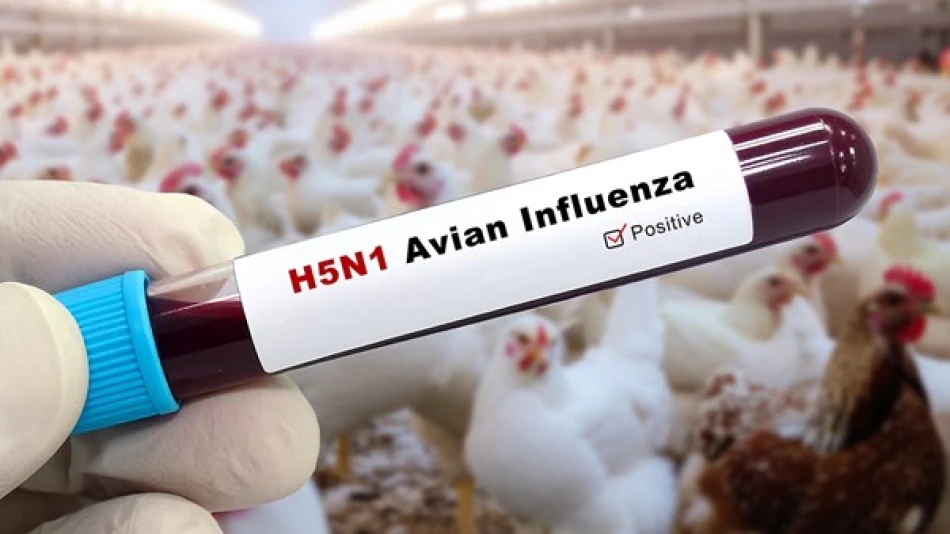
European Country Detects Bird Flu Outbreaks: Health Authorities Investigate Containment Measures
Bulgaria Faces New Avian Flu Outbreak as Europe Battles Seasonal H5N1 Wave
Bulgaria has detected highly contagious avian influenza at three poultry farms housing nearly 28,000 birds, marking another troubling development in Europe's ongoing seasonal battle against the deadly H5N1 virus. The outbreak, concentrated in the southern town of Rakovski, underscores the persistent threat that avian flu poses to global food security and economic stability.
The Scale of Bulgaria's Latest Crisis
The World Organization for Animal Health confirmed Monday that Bulgarian authorities identified H5N1 virus across three facilities in Rakovski, with at least two farms specializing in duck production. This concentration in duck farming is particularly concerning, as waterfowl often serve as natural reservoirs for avian influenza strains and can spread the virus more efficiently than other poultry species.
The 28,000 birds affected represent a significant local agricultural asset, and their likely culling will create immediate economic losses for farmers while potentially disrupting regional poultry supply chains.
Europe's Recurring Seasonal Pattern
Bulgaria's outbreak fits into Europe's established pattern of seasonal avian flu resurgence, typically intensifying during autumn and winter months when migratory birds carry the virus across continental flyways. This seasonal predictability, however, hasn't diminished the economic and public health challenges each wave creates.
Historical Context and Escalating Impact
The current outbreak continues a devastating multi-year trend that has fundamentally altered global poultry markets. Since 2020, successive waves of H5N1 have killed hundreds of millions of domestic birds worldwide, creating supply shortages that have contributed to food inflation and reshaped international trade patterns.
European nations have become particularly vulnerable due to their position along major bird migration routes. Countries like France, Germany, and the Netherlands have experienced repeated outbreaks, forcing governments to develop increasingly sophisticated surveillance and response protocols.
Economic and Market Implications
For agricultural markets, Bulgaria's outbreak signals potential price volatility in regional poultry and egg markets. The European Union's interconnected food systems mean that localized outbreaks can quickly influence broader commodity prices, particularly when they occur in multiple locations simultaneously.
Investors and agricultural commodity traders should monitor whether this outbreak expands beyond Rakovski or triggers additional cases in neighboring regions. Historical patterns suggest that early-season outbreaks often predict larger waves as winter migration intensifies.
Supply Chain Vulnerabilities
The concentration of affected birds in duck farms adds another layer of complexity. Duck products, while representing a smaller market segment than chicken, are integral to certain European culinary traditions and export markets. More critically, duck farms' higher susceptibility to H5N1 makes them potential amplification sites for further spread.
The Persistent Human Health Question
While H5N1 transmission to humans remains rare, each new outbreak increases the statistical probability of viral mutations that could enhance human-to-human transmission. Public health authorities continue monitoring farm workers and implementing biosecurity measures, but the virus's persistence in agricultural settings maintains this underlying risk.
Bulgaria's response will likely follow established European protocols: immediate quarantine, bird culling, and enhanced surveillance in surrounding areas. However, the effectiveness of these measures depends heavily on early detection and rapid implementation—factors that have varied significantly across different outbreaks and regions.
The recurring nature of these seasonal outbreaks suggests that European agriculture may need to fundamentally adapt its poultry production systems, potentially moving toward more biosecure indoor facilities or accepting higher baseline costs for disease prevention and response.
Most Viewed News

 Layla Al Mansoori
Layla Al Mansoori






